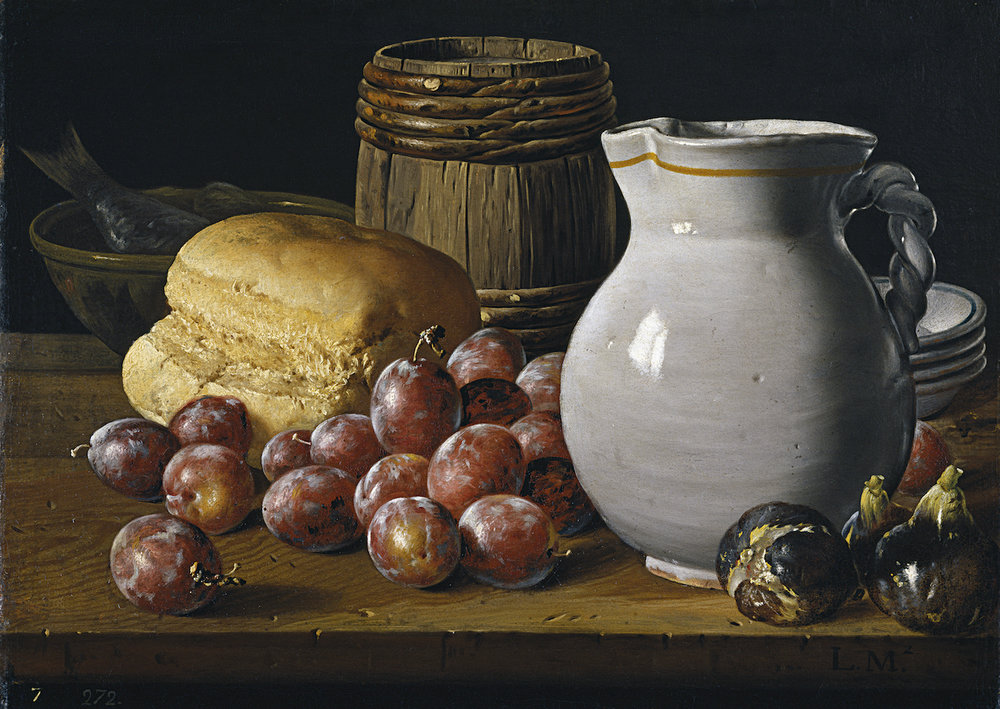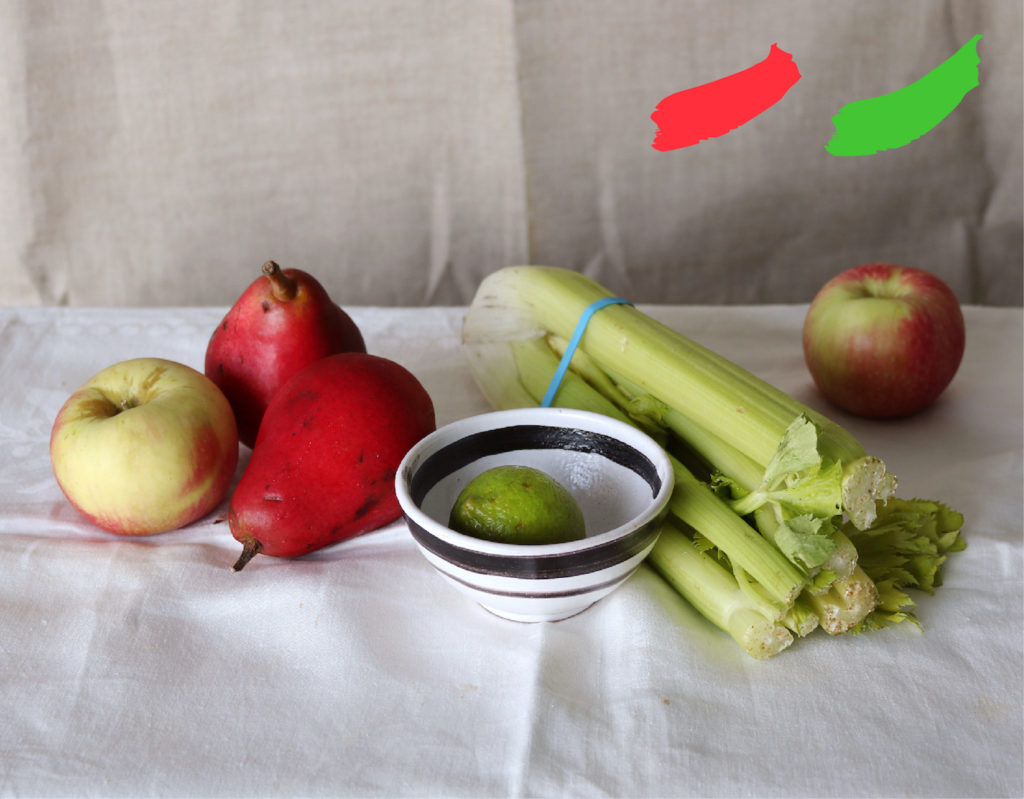Setting Up A Successful Still Life

Still lifes have been a go-to genre for artists over hundreds of years. And when it comes to creating a successful still life composition is key. Whether you’re a beginner artist wanting to master your first still life composition or a more advanced artist looking for a refresher on the fundamentals, these tips from artist Helen Oh will help set your still life up for success.
Still Life Composition 101
The word composition means “the way something is put together.” In painting, composition refers more specifically to pictorial structure, including the arrangement of colors and values in an image and the path followed by the movement of the viewer’s eye.

Here we’ll learn some basic principles for arranging the composition of a still life drawing or painting.
What you’ll need:
- Assorted objects
- Board to hold objects
- Color wheel
- Drapery
- Lazy Susan hardware
- Light source
- ViewCatcher
Using a Color Scheme in Selecting Subjects
The painter Maurice Denis said, “Remember that a painting — before being a battle horse, a nude woman or an anecdote of some sort — is essentially a flat surface covered with colors, put together in a certain order.” Before combining objects with personal or symbolic meaning, one must first work out a color scheme to evoke an emotion, then include particular objects to reinforce that meaning. The photos below show three ways of combining objects using various color schemes, each of which conveys different emotional effects.

Complementary: Colors directly opposite each other on the color wheel, for example, red and green.

Analogous: Colors adjacent to each other on the color wheel, such as yellow and green.

Triad: Three hues equidistant from one another on the color wheel, forming a perfect triangle — for instance violet, orange and green.
High or Low?


Movement, Unity, Rhythm and Focal Point
A composition can imply shapes and lines that aren’t actually present, and different arrangements of shapes produce different effects.

The photo above shows a triangular, or pyramidal, composition. A triangle is a stable geometric structure, and compositions such as these create a sense of balance. Positioning objects at the corners of the triangle momentarily stops the eye. You can select one object to be your focal point by rendering it more completely than the others.

Other approaches emphasize strong vertical, horizontal, diagonal or S-shaped lines. Repeating these lines sets up a visual rhythm. In the image above, the repetition of vertical lines and elliptical shapes creates unity and rhythm.
Thumbnail Sketches

A thumbnail sketch is a quick drawing that explores the structure and value of a composition. To create a thumbnail of your setup, look at it through a ViewCatcher. Note how the objects relate to one another and how the setup might be cropped.

On a sheet of white paper, draw the contours of the objects inside a 4- by 5-inch rectangle. Then, render the sketch in just three values: light, medium, and dark. I often draw thumbnails on buff-colored paper. Its tone provides a medium value, so I can quickly indicate darks in pencil and lights in white gouache.

Spinning Setup
Now that you have the basics of setting up a still life composition covered, it’s time to try it out for yourself! A great “still life setup hack” is to really see your subject from all angles. If you have a lazy Susan or some sort of revolving tray handy, place the hardware on a flat surface and lay a sturdy board over it. Arrange your objects and drapery on the board. By rotating the setup, you can examine it from 360 degrees before deciding on the best composition. A version of this article first appeared in Artists Magazine.
















Join the Conversation!